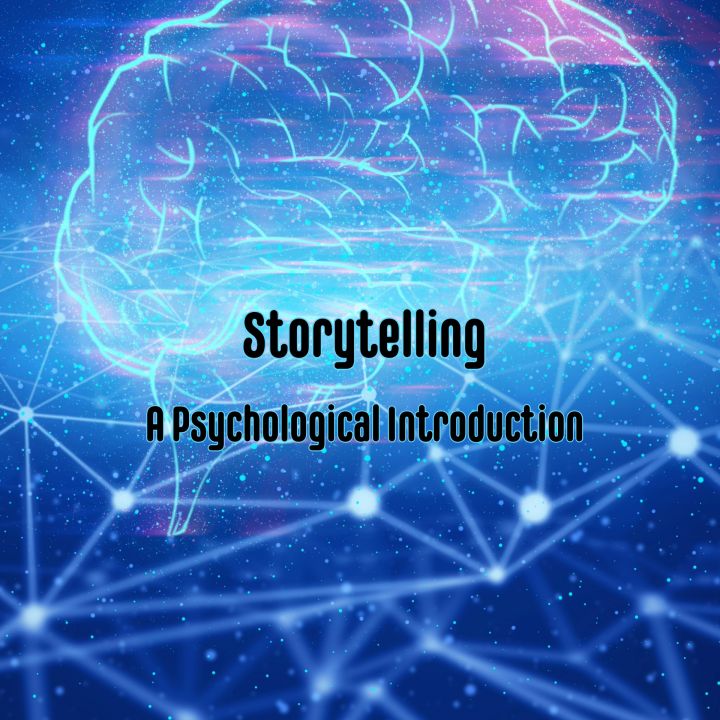
Part 3: Fostering Empathy and Connection
Empathy is the ability to understand and share the feelings of another, and it is a crucial component of effective storytelling. Interactive exhibits that tell compelling stories can foster empathy by allowing visitors to step into the shoes of different characters and experience their journeys. According to psychologist Jamil Zaki, empathy can be enhanced through narrative experiences that challenge our perspectives and prompt us to see the world through others’ eyes (Zaki, 2019). This process, known as “perspective-taking,” is essential for building empathy and understanding across diverse experiences and viewpoints.
For instance, an exhibit on historical events can use storytelling to humanize figures from the past, helping visitors to relate to their struggles, triumphs, and daily lives. By presenting historical figures as relatable characters with personal stories, exhibits can bridge the gap between the past and the present, making history more accessible and emotionally resonant. This emotional connection can make the historical content more accessible and meaningful. For example, an exhibit on the civil rights movement could tell the story of a young activist, highlighting their personal challenges and contributions. This approach not only educates visitors about the historical context but also fosters a deeper emotional connection and understanding.
Interactive elements such as virtual reality (VR) and augmented reality (AR) can further amplify this empathy by providing immersive experiences that transport visitors to different times and places. These technologies, when combined with strong storytelling, can create powerful, empathetic connections that resonate with visitors long after they have left the exhibit. For example, a VR experience might allow visitors to walk through a refugee camp, experiencing the sights and sounds from the perspective of a displaced person. This immersive storytelling approach can evoke strong emotional responses, fostering a deeper understanding and empathy for the plight of refugees.
Furthermore, exhibits can use storytelling to highlight contemporary social issues, encouraging visitors to reflect on their own values and beliefs. For instance, an exhibit on environmental conservation could tell the story of a community affected by climate change, illustrating the human impact of environmental degradation. By presenting these stories through the voices of those directly impacted, exhibits can challenge visitors to consider their own role in addressing these issues and inspire them to act.
The use of personal testimonies and oral histories can also enhance empathy. By including first-hand accounts and stories from individuals with diverse experiences, exhibits can provide a platform for marginalized voices and foster a deeper understanding of complex social issues. For example, an exhibit on immigration might feature personal stories from immigrants, sharing their challenges, hopes, and dreams. These narratives can humanize the abstract concept of immigration, fostering empathy and connection among visitors.
Overall, by incorporating storytelling into interactive exhibits, designers can create experiences that not only educate but also inspire empathy and connection. Through immersive narratives, perspective-taking, and emotional engagement, storytelling can transform exhibits into powerful tools for fostering understanding and social change.
